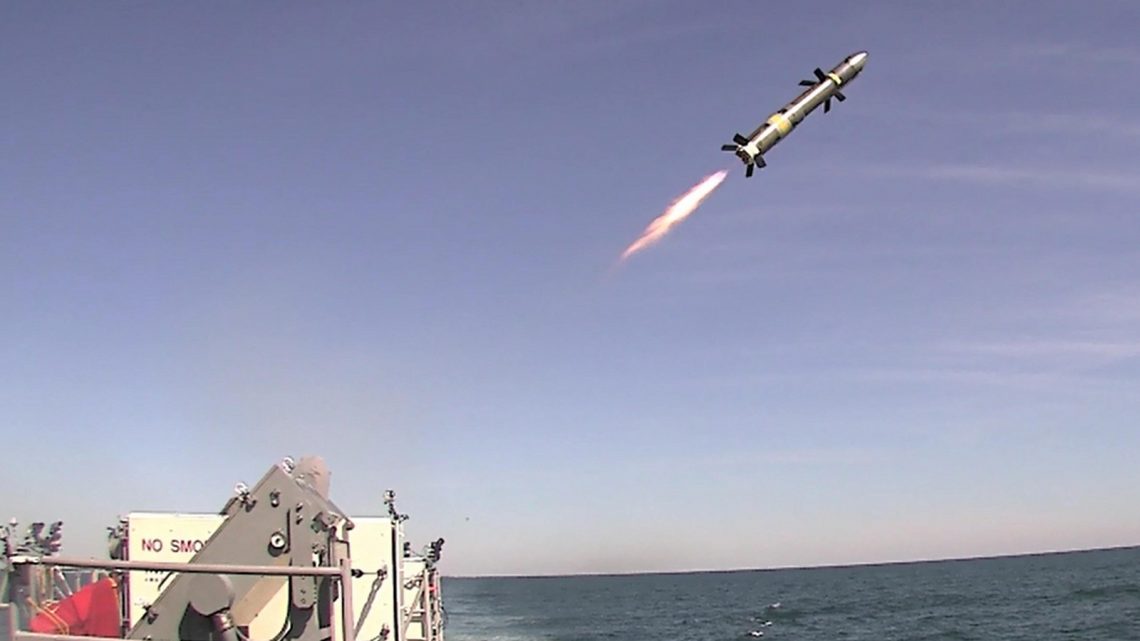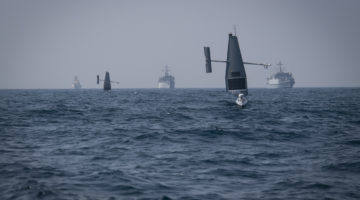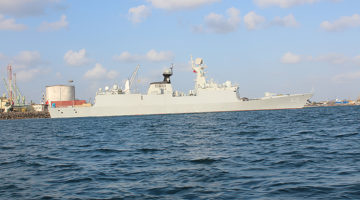Photo credit © Raytheon
Raytheon is testing a new extended range Griffin missile which triples the range of the existing weapon and adds infrared imaging guidance technology, company officials said.
“We start off with a baseline Griffin and add an extended range rocket motor. This more than triples the range of the current Griffin and it has more than twice the range of the Hellfire,” said James Smith, the business development lead for Raytheon’s advanced missile systems.
The existing Griffin missile, which can be launched from the air, sea or land, uses GPS and laser guidance technology. The new variant now being tested allows infrared technology to work in tandem with laser designation, Smith explained.
The extended range Griffin also features a data link in order to allow the weapon to receive in-flight target updates, he added. Smith said this technology could prove particularly useful on a platform such as the Navy’s Littoral Combat Ship, or LSC.
Smith expalined that the targeting technology could help destroy small fast-moving surface targets such as swarming boats and also help fast-moving ships reach targets as well.
“An LCS moves fast. Before the seeker finds the target you may want to continue to update the target location until the missile then finds the target on its own,” Smith added.
At the moment, the Navy plans to test and integrate the Hellfire missile on the LCS, in part due to the missiles’ all-weather millimeter wave seeker technology.
The Griffin does not have millimeter wave but is capable of operating in some difficult weather conditions, Smith said. Overall, however, the extended range Griffin is engineered to operate in reasonably clear weather conditions. The new missiles infrared guidance system is configured with computer algorithms which enable the weapon to distinguish targets from nearby objects, Smith added.
“The imaging infrared is passive and uncooled so there is no cooling involved. Once the laser spot is removed, the imaging infrared seeker takes over on its own. You don’t have to keep the laser on the target you can move the laser onto another target,” he added.
Raytheon plans to continue testing of the weapon for another year and hopes the new missile will be considered for a range of ground applications, surface ships and air platforms including patrol craft and even unmanned aerial systems.












